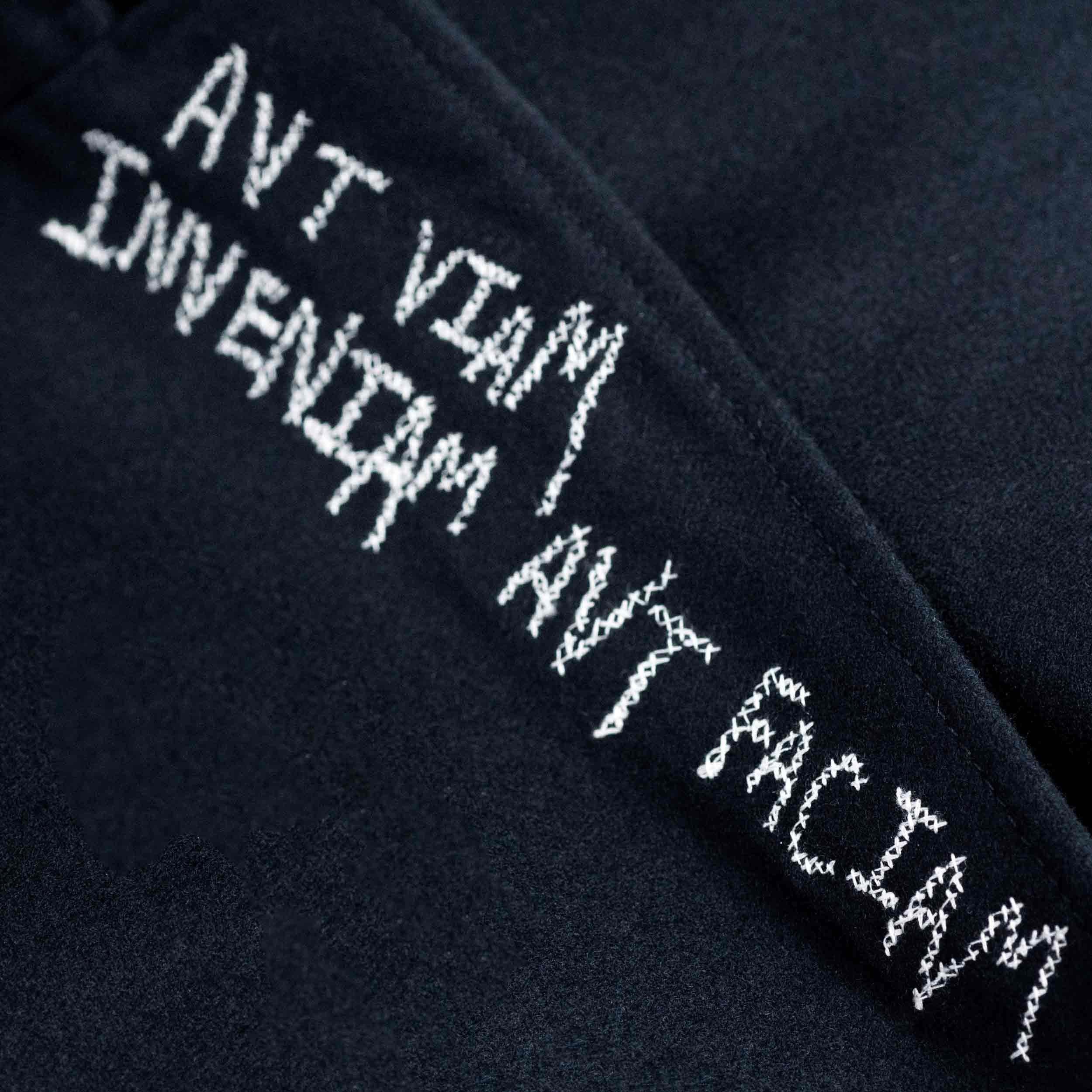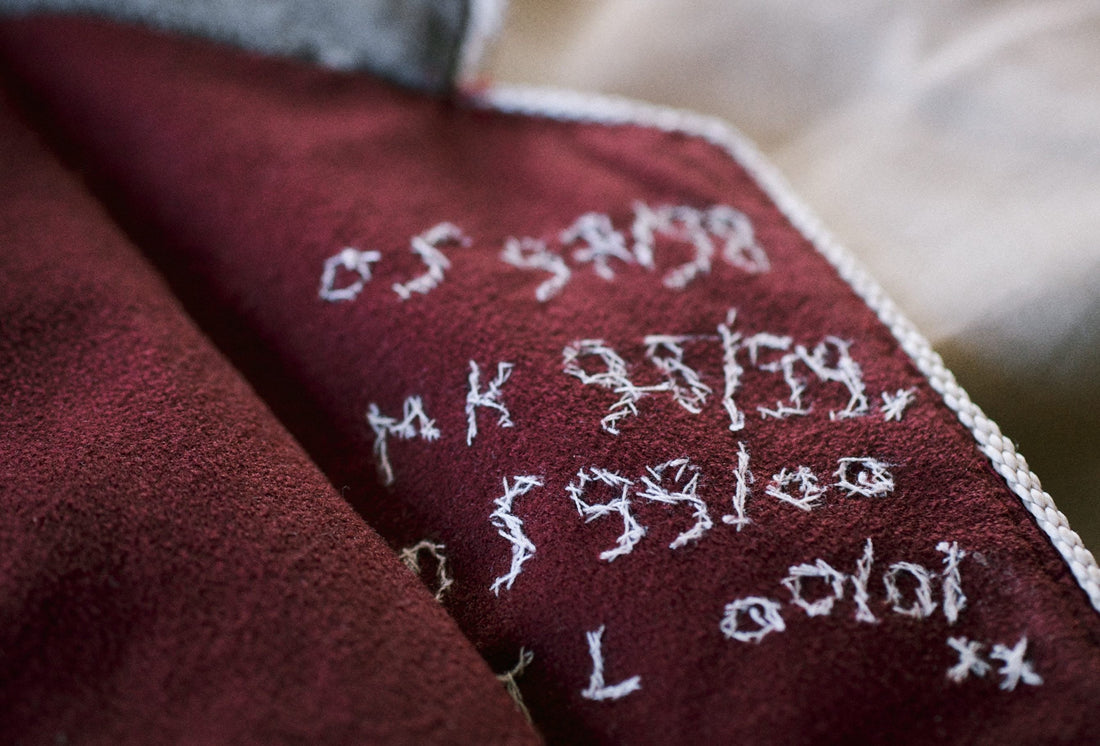Dutch student rowing clubs are full of fantastic and eccentric traditions. One tradition obliges all members of the winning club at the annual Varsity race to strip naked (except for the club tie) and swim out to the victorious crew. That this involves jumping into (and emerging from) the freezing waters of the Amstel-Rhine Canal in late March or early April fazes no one.

There are also many traditions related to blazers in these clubs. Generally speaking, blazers in Dutch student rowing clubs are passed down from one rower to another. This means that the blazers rarely fit well, and some are positively ancient. Moreover, a blazer is not allowed to be washed or cleaned in any way unless its current wearer wins the Varsity (which is very rare); so most jackets in circulation are soaked with generations of sweat, beer and river water. These vintage, unwashed blazers are also used in traditional, semi-organized "fights" that often take place during or after major regattas, in which two oarsmen grab each other by the lapels and wrestle, often resulting in torn or shredded blazers.

At Amsterdam's A.S.R. Nereus, there is another blazer tradition: each rower hand-stitches his or her initials and years of ownership on the reverse side of the blazer lapel before passing it along to its next wearer.

This is surely one of the dopest sartorial traditions in the sport, and your eyes can't help lighting up when someone flips over their lapel to reveal the hand embroidery.
The practice serves as the inspiration for the painstakingly cross-stitched Latin mottoes and cris-de-guerre hidden beneath the lapels of many of our blazers. There's something very cryptic and arcane - but also something very impudent and even street about it: blazer graffiti.



